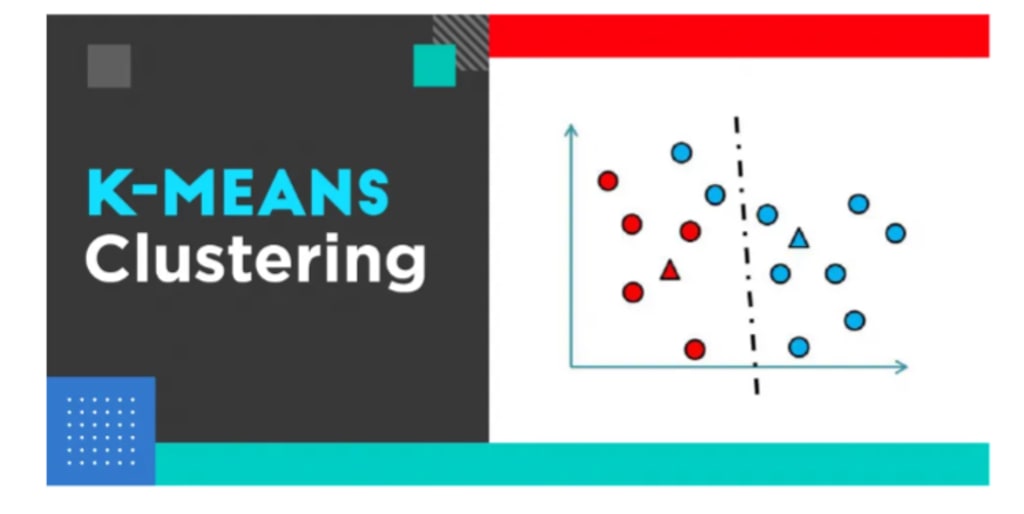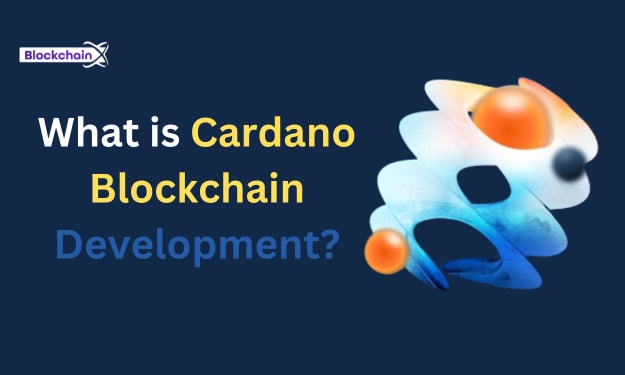K-Means Use Cases
Clustering is the process of splitting a population

Let’s get started!
K-Means Clustering is an unsupervised learning algorithm that is used to solve the clustering problems in machine learning or data science. Clustering is the process of splitting a population or set of data points into many groups so that data points in the same group are more similar than data points in other groups. In other words, the goal is to sort groups with similar characteristics into clusters. The data points used are unlabelled and thus clustering relies on unsupervised machine learning algorithms. Assigning a data point to a cluster by analysing its features is the fundamental logic behind a Clustering Algorithm. There are various types of Clustering Algorithm of which k-means is discussed in this article.
Digging up the past.
James Macqueen coined the term “k-means” in 1967 as part of a work titled “Some approaches for categorization and analysis of multivariate observations.” In 1957, the standard algorithm was utilised in Bell Labs as part of a pulse code modulation approach. E. W. Forgy published it in 1965, and it is commonly referred to as the Lloyd-Forgy approach.
K-Means?
“k” is a number. It’s a variable that represents the number of clusters that is needed. For example, k = 2 refers to two clusters. Based on the attributes provided, the algorithm assigns each data point to one of the k groups iteratively. In the reference image below, k = 2 and two clusters from the source dataset have been found.
The outputs of executing a k-means on a dataset are:
k centroids: centroids for each of the k clusters identified from the dataset.
Complete dataset labelled to ensure each data point is assigned to one of the clusters.
Where can you see it?
K-Means clustering algorithm works well with small number of dimensions, which is numeric and continuous. It works well when you have small scenarios with data points that are randomly distributed.
Following are some use cases of k-means algorithm:
Document Classification:
Documents are grouped into several categories based on tags, subjects, and the documents content. This is a relatively common classification problem, and k-means is an excellent technique for it. Initial document processing is required to represent each document as a vector, and term frequency is utilised to find regularly used terms that aid in document classification. The document vectors are then grouped to aid in the identification of document group commonalities.
Delivery Store Optimization:
Utilizing a combination of k-means to discover the ideal number of launch locations and a genetic algorithm to solve the truck route as a travelling salesman problem, optimise the process of good delivery using truck drones.
Identifying Crime Localities:
The category of crime, the area of the crime, and the relationship between the two can provide qualitative insight into crime-prone areas within a city or a locality when data relating to crimes is accessible in specific locales within a city.
Insurance Fraud Detection:
Machine learning plays an important role in fraud detection and has a wide range of applications in the automotive, healthcare, and insurance industries. It is possible to separate new claims based on their proximity to clusters that signal fraudulent trends using historical data on fraudulent claims. Because insurance fraud has the potential to cost a company millions of dollars, the ability to detect fraud is critical.
At Wisemonkeys, we are bunch of young minds trying to develop an environment to deliver knowledge to the society. From article submissions to blog writing and sharing to even question and answers. Post a question and get instant responses from experts online.





Comments
There are no comments for this story
Be the first to respond and start the conversation.